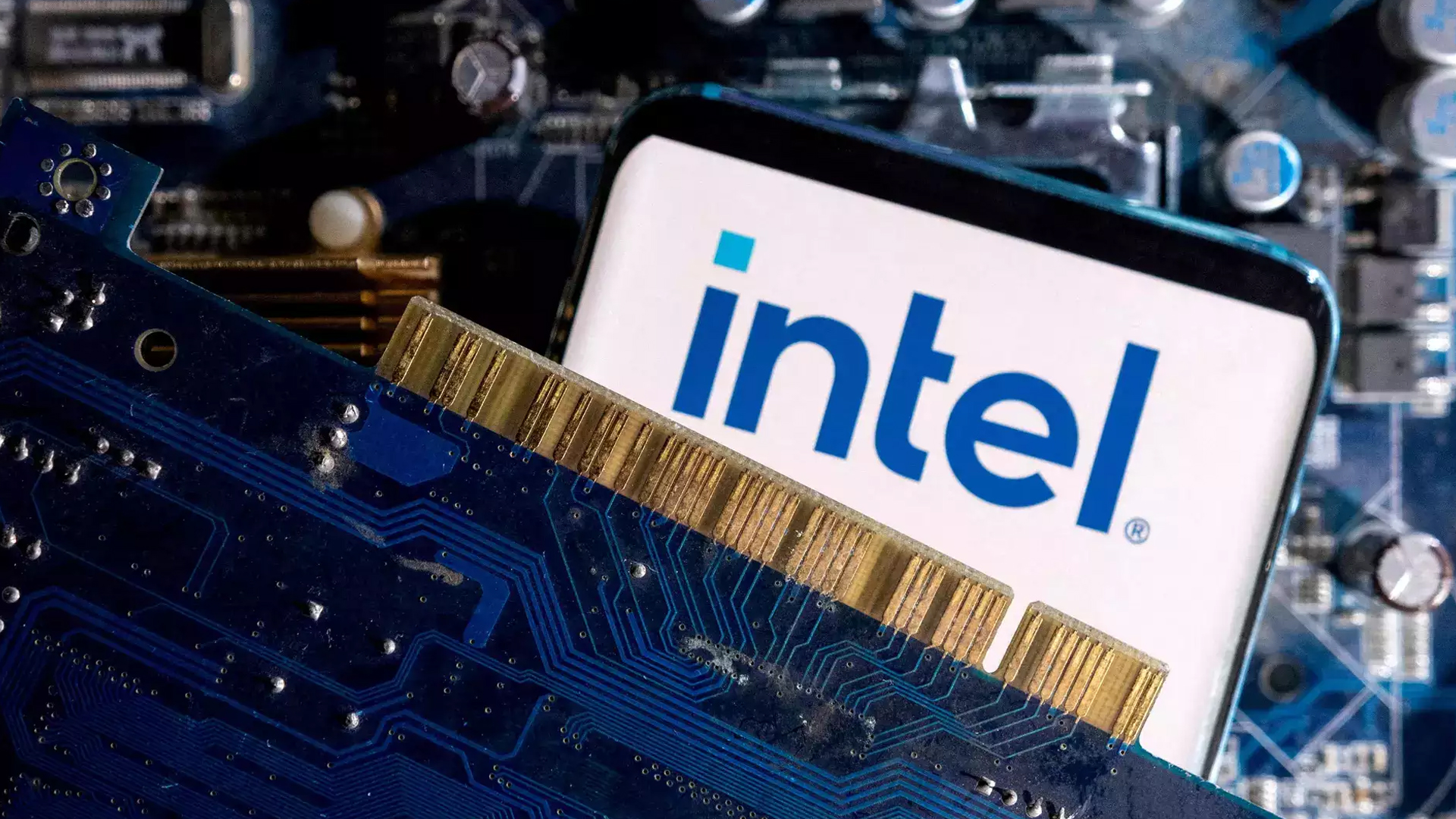Few things are as transformative as the rise of artificial intelligence (AI). From powering advanced facial recognition to enabling self-driving vehicles, AI is reshaping industries and redefining what’s possible. At the heart of this revolution lies an intense battle for dominance in the AI chip market – a battle that Intel, the once undisputed king of silicon, is determined to win.
The AI Chip Landscape: Intel’s Uphill Battle
While Intel has long been a powerhouse in the world of central processing units (CPUs) for general computing, the company has struggled to gain a strong foothold in the specialized chips required for AI workloads. These chips need to handle vast amounts of data and perform complex calculations in parallel – tasks that Nvidia’s graphics processing units (GPUs) and AMD’s processors with integrated graphics have proven more adept at.
Intel does offer its Xeon processors for data centers, which can handle some AI tasks, but they fall short in efficiency and cost-effectiveness compared to the offerings from Nvidia and AMD. This has led to a perception in the industry that Intel is lagging behind in the AI chip race.
)
Gelsinger’s Grand Vision: “Everybody’s AI Chips”
Intel’s CEO isn’t content with playing catch-up. His bold “everybody’s AI chips” strategy signals a multi-pronged approach to not just compete, but to dominate the AI chip market. Let’s break down what this ambitious plan might entail:
1. Doubling Down on Innovation
To close the gap with its rivals, Intel will need to significantly ramp up its development of AI-specific chips. The upcoming “Ponte Vecchio” chip, designed for supercomputers, is a promising sign of this renewed focus on innovation. Additionally, Intel’s acquisition of Habana Labs, a pioneer in AI processors, could provide a valuable boost to the company’s AI capabilities.
2. Optimizing Software for Intel AI Chips
Having the best hardware is only part of the equation. To truly compete, Intel must also invest in developing software tools and frameworks that make its AI chips user-friendly and appealing to developers. This may involve better integration with widely-used AI frameworks such as TensorFlow and PyTorch, as well as creating new tools specifically tailored for Intel’s AI offerings.
3. Targeting Specific AI Markets
Rather than trying to be everything to everyone, Intel could strategically focus on specific segments of the AI market where its chips might have an advantage. Edge computing, where AI tasks are performed on devices rather than in the cloud, could be one such area. Autonomous vehicles, with their need for real-time AI processing, might be another sector where Intel could carve out a niche.
4. Leveraging the “Made in USA” Advantage
Gelsinger’s emphasis on manufacturing AI chips in the United States carries strategic weight. The ongoing global chip shortage has exposed the risks of relying on far-flung supply chains. By building its AI chips domestically, Intel could appeal to governments and companies that prioritize data security and chip availability. This “Made in USA” advantage could be a key differentiator in an increasingly geopolitical tech landscape.
Challenges and Opportunities
Despite the boldness of Intel’s AI ambitions, the path to realizing them is fraught with challenges. Catching up to Nvidia and AMD, both of which have a significant head start in the AI chip market, will be no easy feat. Intel will need to not only match their current offerings but leapfrog them with truly innovative designs.
Attracting and retaining top AI engineering talent will also be crucial. With established players like Nvidia and AMD having strong reputations in the AI community, Intel will need to work hard to build a compelling case for why the best and brightest should join its ranks.
On the manufacturing front, building new chip fabrication plants (fabs) in the US is a complex and capital-intensive endeavor. Intel will need to navigate intricate logistics and secure substantial funding to make its domestic manufacturing vision a reality.
Some industry analysts remain skeptical of Intel’s “everybody’s AI chips” strategy, arguing that it may be too broad and lack focus on specific market needs. Others question whether Intel can overcome its manufacturing limitations and attract the necessary talent to compete effectively.
Intel’s Path to AI Supremacy
Regaining dominance in the chipmaking industry, especially in the fiercely competitive field of AI, will be a marathon, not a sprint for Intel. CEO Pat Gelsinger’s vision is undeniably ambitious, but turning it into reality will require significant investment, strategic partnerships, and a relentless dedication to innovation.
To succeed, Intel must deliver on its promise of high-performance, cost-effective AI chips that can go toe-to-toe with the offerings from Nvidia and AMD. It will need to cultivate a robust software ecosystem around its AI hardware, making it the platform of choice for developers. And it must capitalize on the “Made in USA” advantage, particularly in sectors where data security and domestic production are paramount.
The next few years will be pivotal for Intel as it seeks to reassert its leadership in the age of AI. Can the Silicon Valley giant rediscover the innovative spirit that made it a tech icon and reclaim its throne as the king of chips? Only time will tell, but one thing is certain: with Gelsinger at the helm and a bold strategy in place, Intel is ready to fight for its future in the AI revolution.
















Add Comment